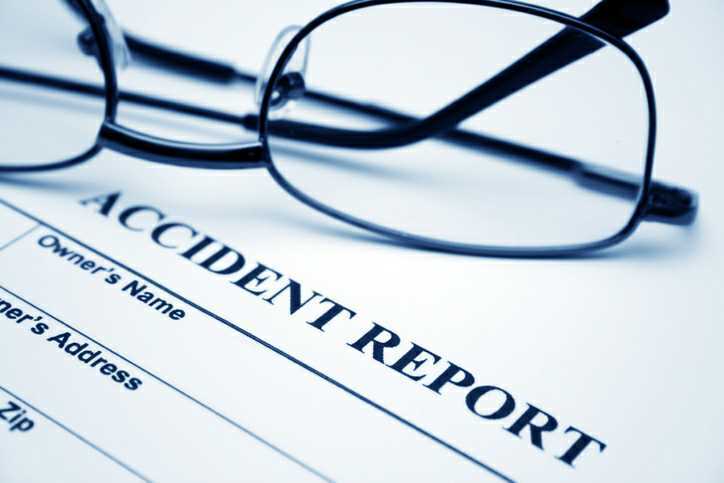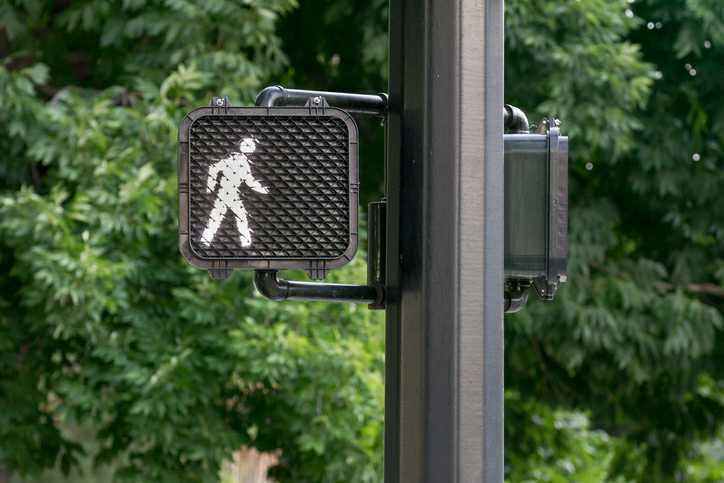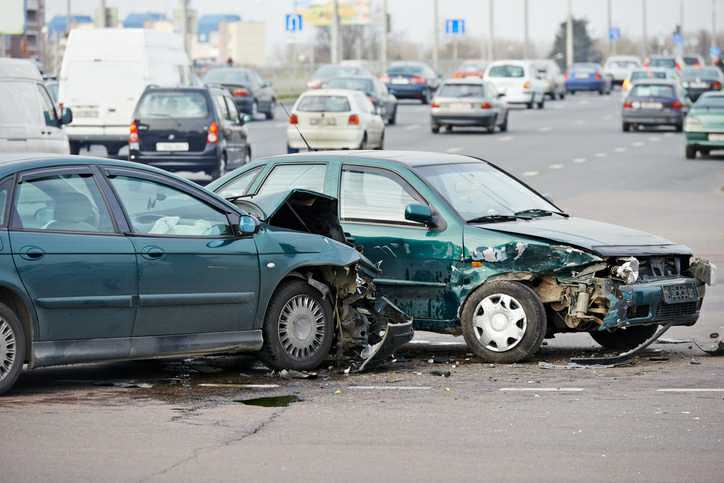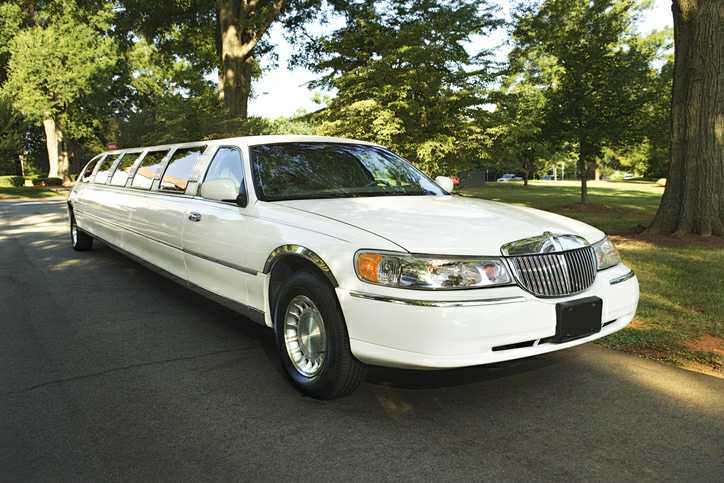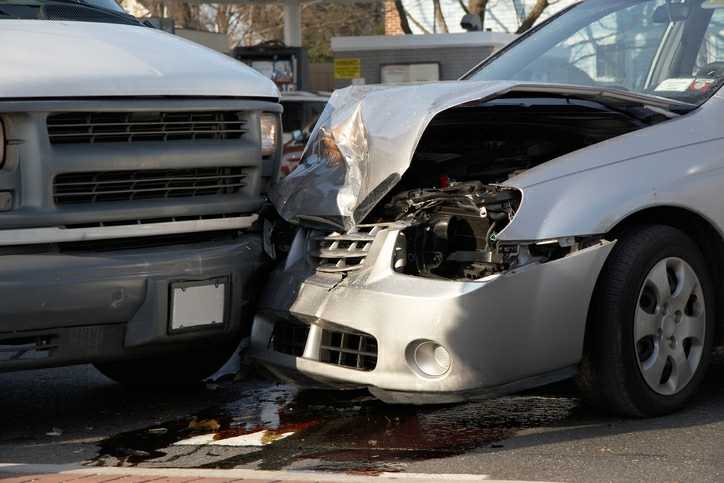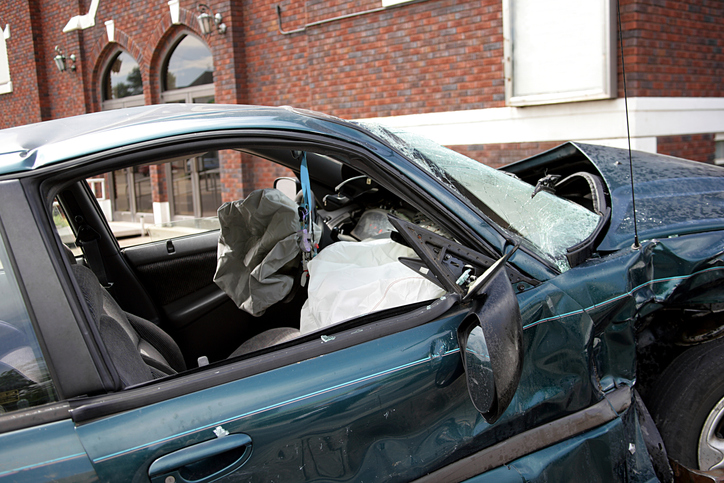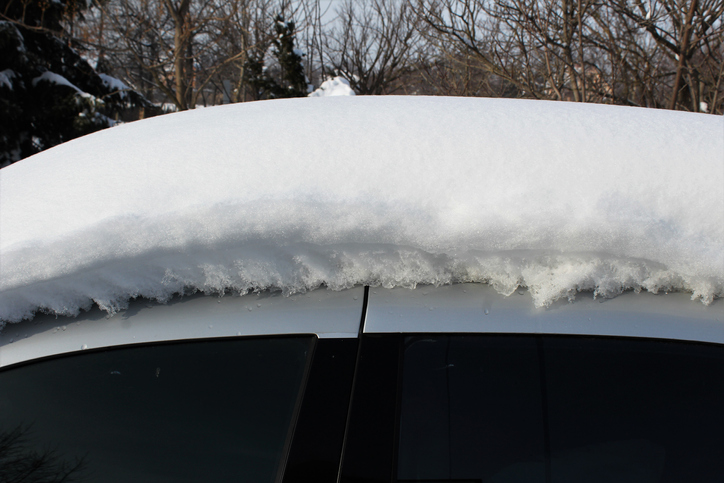What to do if you develop PTSD after being involved in a crash

When we think about crash-related injuries, we often think about broken bones, head injuries, and spinal injuries. It’s also very common for people involved in serious crashes to develop a mental health condition called post-traumatic stress disorder (PTSD). This condition can be just as bad as a debilitating physical injury and last for several months or years.
PTSD is often associated with military veterans and police officers, but it can occur to anyone who experiences or witnesses a traumatic event.
Symptoms of PTSD
There are four categories of PTSD symptoms:
- Reliving a traumatic event — This includes having flashbacks, nightmares and repeated thoughts about a crash.
- Avoiding stimuli that invokes memories of an event — This includes having a difficult time talking about a crash, revisiting the scene of a crash, or driving.
- Stress and anxiety — This includes having panic attacks, always feeling on edge, sleep disturbances, and having negative thoughts.
- Physical symptoms — This includes headaches, rapid heart rate, migraines, nausea, muscle spasms, and body aches.
Risk factors
PTSD can happen to anyone under certain conditions. For example:
- A person experiences dissociation after a crash. This is losing touch with sense of time, place, identity and reality.
- There is lack of immediate support from medical and emergency personnel and lack of long-term support from friends and relatives.
Some people are more susceptible to it than others. These include people who:
- Have a family history of mental health conditions or trauma
- Have had prior trauma before the crash occurred
PTSD diagnosis and treatment
It can take several days and generally up to six months for PTSD symptoms to fully manifest. There is a burden of proof when it comes to getting diagnosed. For example, the following criteria must be proven:
- You must have experienced, witnessed or had been exposed to the traumatic crash;
- Experienced flashbacks, nightmares, recurring thoughts, emotional anguish or physical symptoms;
- Avoided any kind of stimuli that reminded you of the traumatic crash.
- Experienced negative thoughts and feelings that got worse over time.
- PTSD symptoms got worse instead of better;
- Symptoms lasted for more than a month;
- Symptoms were not brought on by drugs, alcohol, prescription meds or other illnesses; and
- Symptoms made it difficult to work or function in daily life.
Once you receive an official diagnosis, you may undergo treatment to help you recover from your crash-related PTSD. These treatments may include:
- Cognitive processing therapy. A therapist evaluates your perception and coping mechanisms. You and your therapist identify “stuck points” that prevent recovery and work to overcome them.
- Cognitive-behavioral therapy — Thoughts and feelings surrounding the traumatic crash are addressed through an individual or group therapy session.
- Selective serotonin reuptake inhibitors — You may be prescribed any of the following medications: Sertraline (Zoloft), Paroxetine (Paxil), or Fluoxetine (Prozac).
- Eye movement desensitization and reprocessing (EMDR). Using side-to-side eye movements to help process traumatic memories, thoughts and emotions.
Getting compensation for crash-related PTSD
It’s critical that you see a doctor and get a proper diagnosis if you think you have developed symptoms for PTSD. This type of injury can be difficult to prove to the other driver’s insurance company. With documentation of your diagnosis and evidence that the driver who hit you acted negligently, an experienced Buffalo car accident attorney can help you build a strong legal claim.
The Law Offices of James Morris will investigate your crash, gather the facts, and fight to maximize your compensation. We serve clients in Buffalo and throughout western New York. Contact us today to schedule your free case evaluation.





